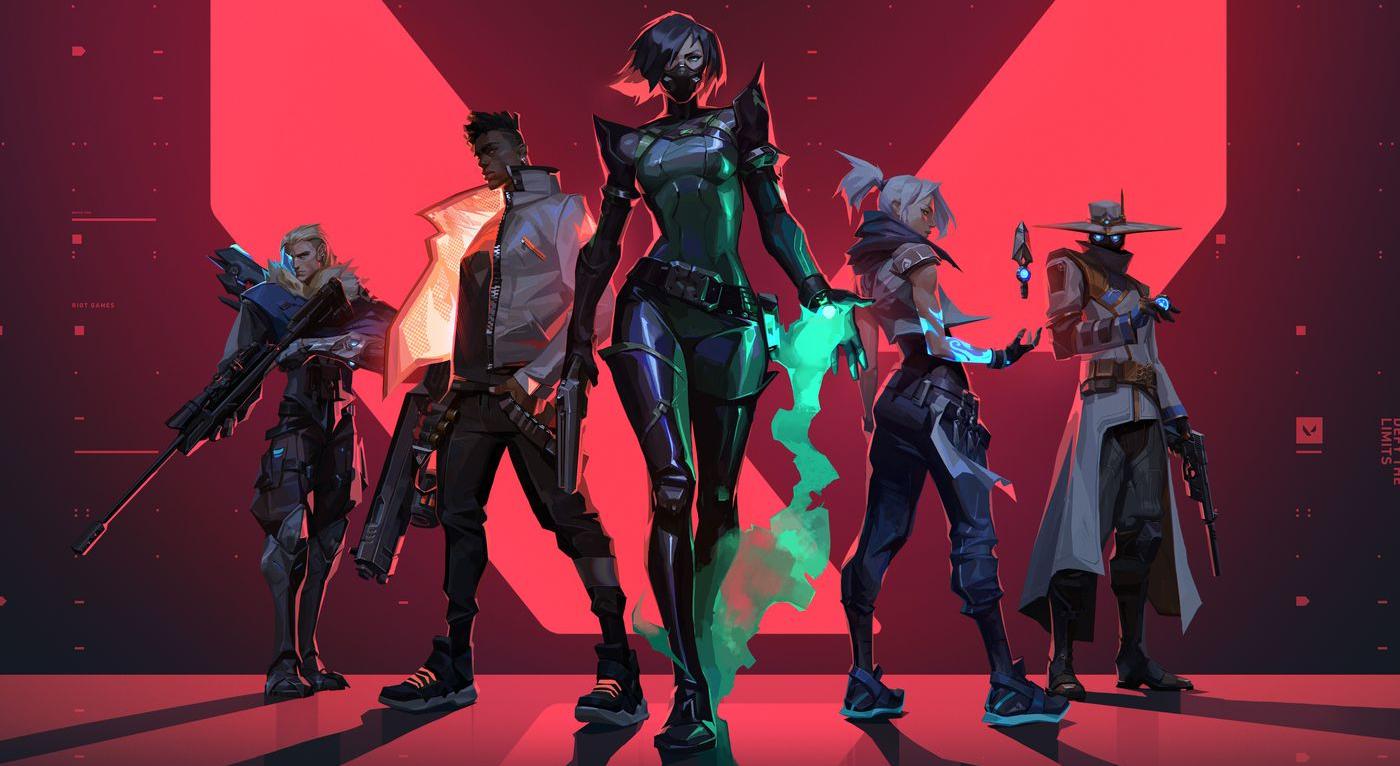
What is Valorant? Everything you need to know about Riot’s shooter
Valve and Riot Games have had a rivalry for almost a decade now, but while that rivalry has largely played out between their respective MOBA titles, things are starting to heat up even more.
That’s because Riot Games is set to release its own tactical shooter, Valorant.
Valorant is Riot’s answer to the longtime king of the genre, Counter-Strike, and it’s a game that already has huge momentum behind it.
But what is Valorant? What similarities does it have with Counter-Strike? And where do those similarities end? It’s worth giving a quick rundown of Valorant and comparing and contrasting it with some of its rival games.
Valorant vs. Counter-Strike differences, similarities
Valorant’s overall gameplay is quite similar to that of Counter-Strike: Global Offensive’s defusal game mode.
Each team is made up of five players and games take place over a series of rounds, with one side taking the victory after they win a majority of those rounds. Players need to purchase their weapons ahead of each round, or procure them from fallen players once the round begins.
One side is on offense and is looking to plant a bomb and blow up one of a few different bomb sites on the map. The other side is on defense and can win by either preventing the bomb from being planted or by diffusing it before it detonates.
What sets Valorant and Counter-Strike apart is Valorant integrating hero shooter mechanics into the game.
The game takes a page out of Apex Legends’ playbook, with characters having a shared weapon pool but unique sets of abilities. So far, nine playable characters called “Agents” have been revealed in Valorant, with each one drawing clear inspiration from other hero shooters. Those agents have the ability to heal allies, scout enemies, or change how teams engage one another.
Agents have different kinds of abilities. Some are available at all times, while others need to be recharged with purchases made through the buy menu between rounds. Each agent also has an ultimate ability that is charged up by scoring eliminations.
Combining those hero shooter intricacies with tactical shooter’s core gameplay puts Valorant in a unique spot relative to other games and so far, the response has been strongly positive.
Pro players and streamers from Counter-Strike, Overwatch, Apex Legends, and other battle royale titles have all taken notice of Valorant and that could translate to huge success for the game moving forward.
Valorant will be free-to-play once it launches and has very forgiving hardware requirements, so most anyone that’s interested will be able to get in on the action without issue. An official release date hasn’t been announced yet, but the game is scheduled to launch before the end of 2020.
How to get into Valorant closed beta
Most betas are designed to test a game with a variety of different users. How does it perform on older PCs? How do the servers handle players from specific regions? Is the game localized well?
That isn’t the case with Valorant. Riot Games is using the Valorant closed beta to raise awareness of the game and create buzz for the game’s full release. To do so, the publisher is utilizing a random drop feature through Twitch.
Players who have linked together their Riot accounts with their Twitch accounts have a chance of randomly receiving a closed beta pass while watching drop-enabled streams. Streamers typically state in their titles whether their streams can yield beta passes.
Recommended

Can a VPN really lower your game ping? Myths vs. reality
Do you really need it?

MrBeast takes action on Ava controversy, responds to allegations
MrBeast has launched a private probe.








